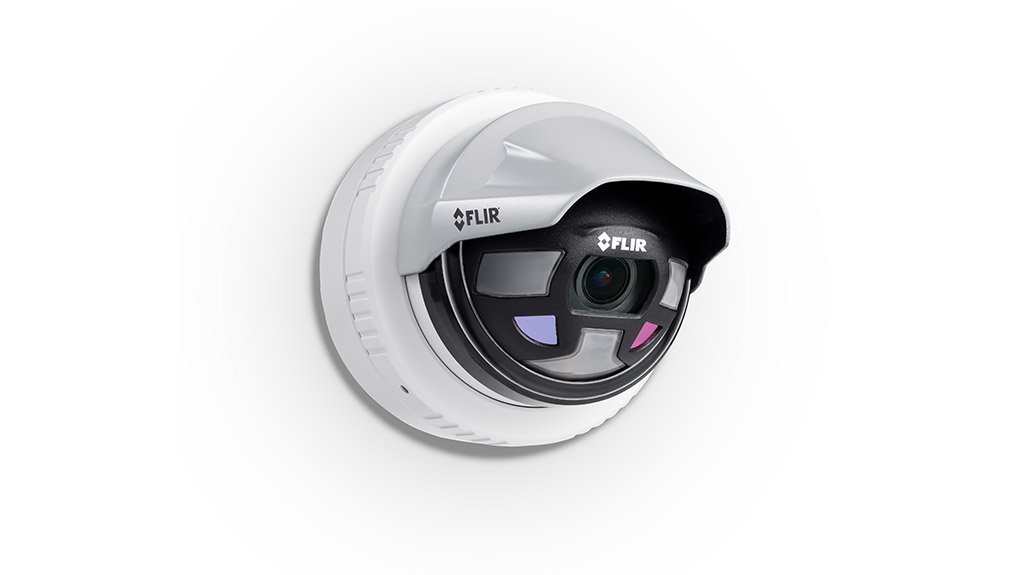The right visual security components can assist in securing mining properties to prevent illegal miners from gaining entry, says video surveillance specialist Graphic Image Technologies (GIT) executive Laurence Smith.
Illegal mining is dangerous and often happens under desperate conditions without regard for safety. According to Minerals Council South Africa, illegal miners present a major risk to themselves, as well as the health and safety of the employees of legal mining operations.
“With the correct combination of thermal cameras, 4K visual cameras and an intelligent video management system coupled with smart analytics, it becomes much easier and more cost effective to physically secure mining premises to prevent unauthorised access,” Smith tells Mining Weekly.
GIT provides camera solutions that enable mining companies to accurately monitor the vast surface areas that their mines cover. The company can provide two types of thermal cameras – an uncooled camera, which is effectively a standard type of thermal camera that can have a range of up to 2 km, and a cooled camera, which is a military-specification type camera that can have a range of up to 20 km.
“The solution we generally use for mines are long-distance thermal cameras to monitor the perimeters, combined with visual cameras that allow for zooming in and identifying suspects,” he highlights.
GIT distributes its products to system integrators and installers, but the company often assists them in terms of planning the distribution of cameras on a project. There is an increasing demand for the type of solutions that GIT provides from not only mines but also other sectors where there are premises that have large perimeters.
In the past six months, the company has supplied its solutions – which include live video, alarm and remote monitoring solutions, closed-circuit television solutions, perimeter protection solutions, megapixel cameras, thermal cameras and video analytics – to a gold mine in South Africa and a mine in Central Africa.
GIT distributes products from sensor systems designer and manufacturer Flir, and its distributor agreement with Flir enables GIT to sell to companies in sub-Saharan Africa. Smith enthuses that the mining industry in sub-Saharan Africa has the potential to represent more than 50% of the company’s market.
Further, GIT is working with a few local mines to replace cameras that have been damaged over time, and adding additional cameras to the perimeters to prevent theft and the entry of illegal miners.
Meanwhile, the company is now supplying newer thermal cameras with better ranges, but at prices similar or lower than those of older cameras. Flir introduced a camera with a dual head – a thermal head with analytics and a visual head – called Flir Saros, to the international market in November last year.
“When a person is within range . . . the thermal camera will pick it up, a bright white light will be triggered and the visual camera will produce a visual image of the person, up to 4K quality. It tends to act as an alarm deterrent,” Smith explains.
GIT was involved in the first installation of a Flir Saros in February at a solar photovoltaic plant in Namibia.
“GIT wants to provide the market with the tools to prevent the intrusion of illegal miners and theft; our approach is preventative, rather than reactive,” Smith concludes.
Edited by: Mia Breytenbach
Creamer Media Deputy Editor: Features
EMAIL THIS ARTICLE SAVE THIS ARTICLE
ARTICLE ENQUIRY
To subscribe email subscriptions@creamermedia.co.za or click here
To advertise email advertising@creamermedia.co.za or click here













